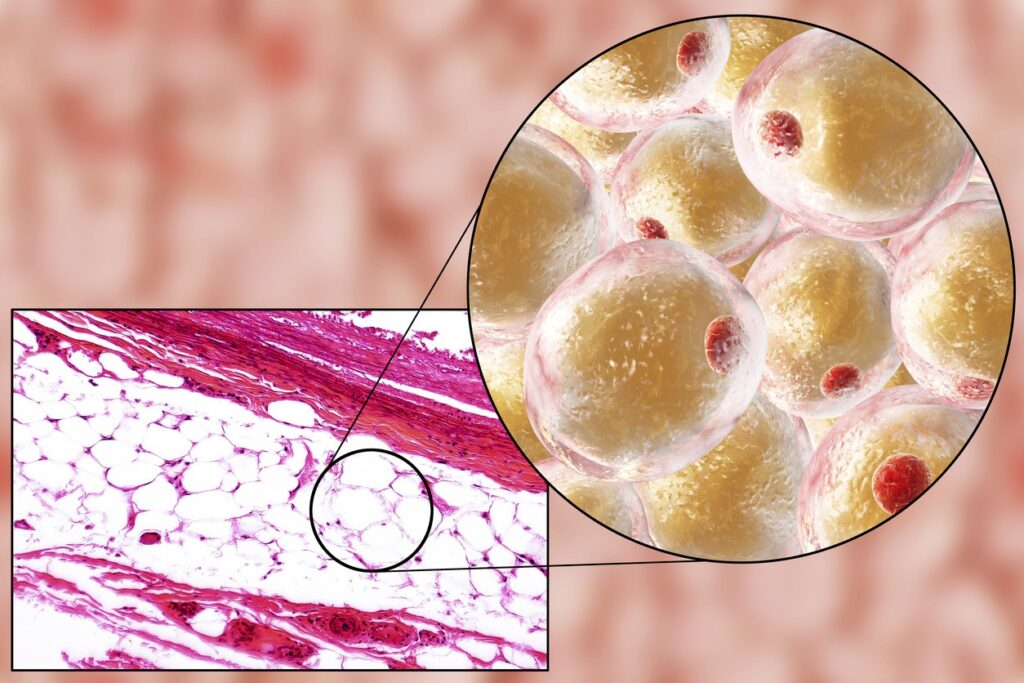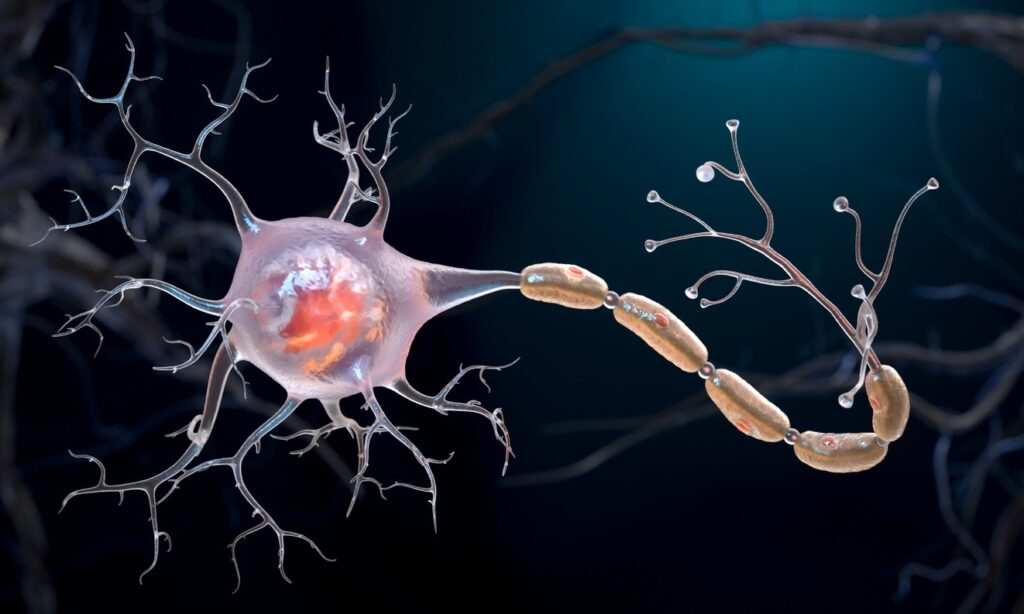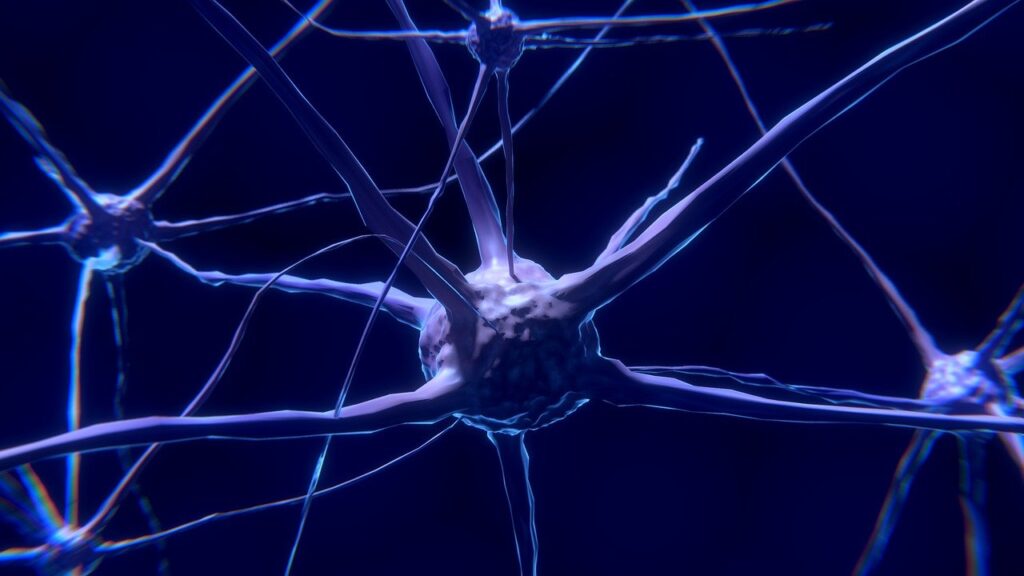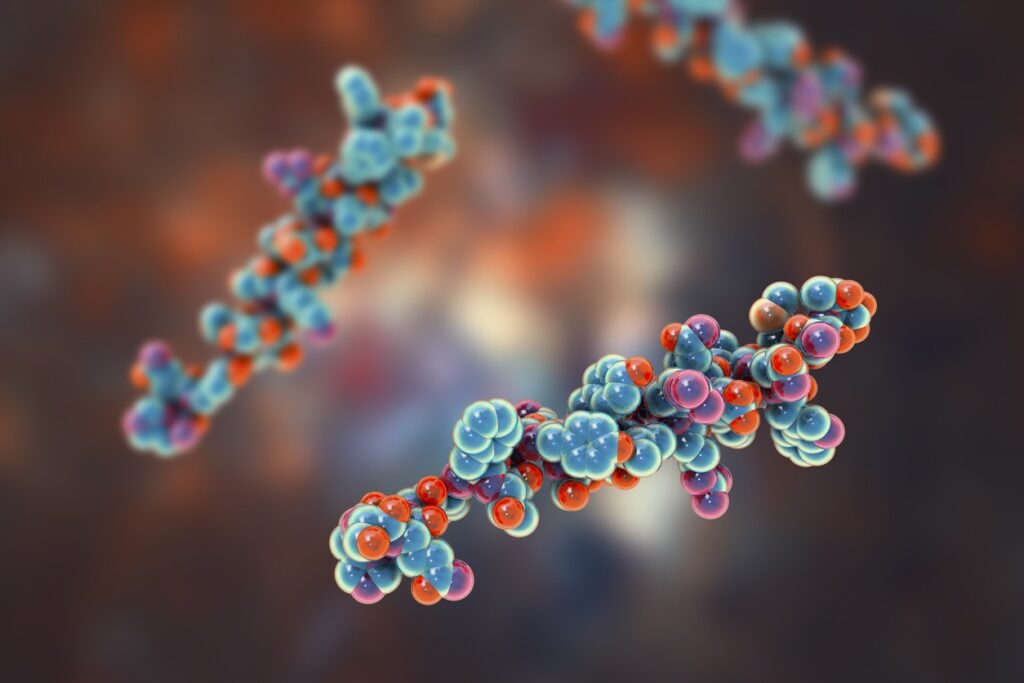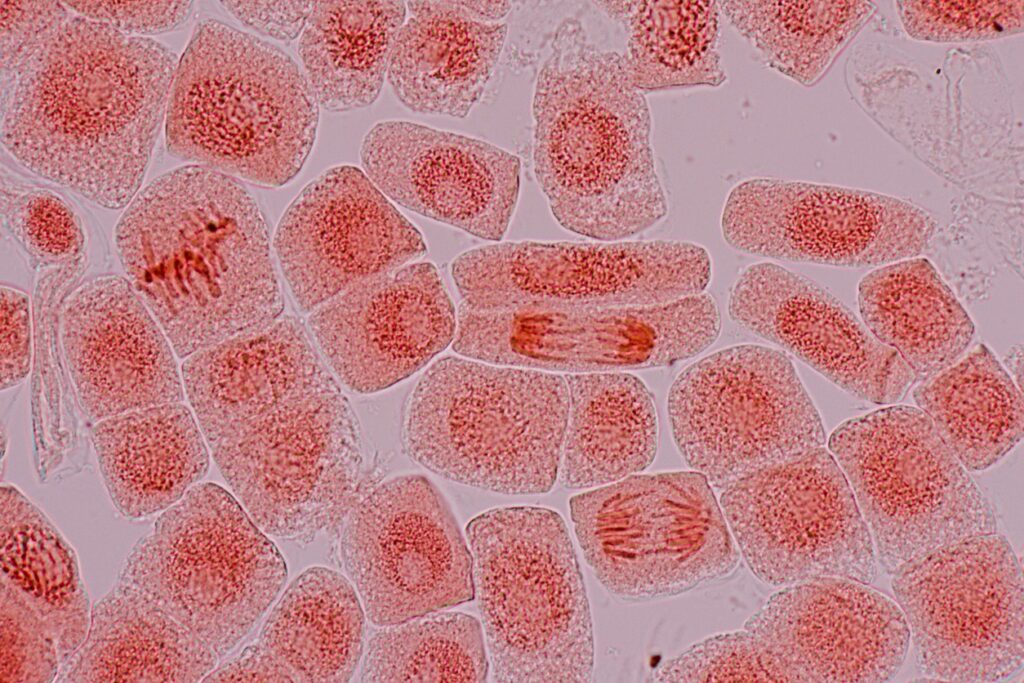No products in the cart
Peptide Blog
All articles and shared info are for educational purposes only.
Latest Peptide Articles
Fragment 176-191 and Fat Cell Interaction
Fragment 176-191 is a synthetic peptide fragment of growth hormone (hGH). It spans from the 176th to the 191st amino acid residues of the growth hormone. The fragment comprises an additional tyrosine amino acid residue apart from amino acids 177-191. Research has suggested that Frag 176-191, a synthetic Growth Hormone Releasing Hormone (GHRH) agonist, may...
Semax Peptide and Correlation in Brain and Memory Function
Semax Peptide and Neurogenesis Semax is a synthetic analog of adrenocorticotropic hormone (ACTH) comprising amino acids 4 through10 of ACTH. Semax peptide appears to stimulate neurogenesis, as suggested by observations in studies involving rats. Researchers propose that the exposure of rats to Semax peptide may upregulate BDNF protein by approximately 1.4 fold, coupled with a...
Thymosin Alpha-1 – Antiviral Immune Responses
Antigen, Antibody, and Lymphocytic White Blood Cell Recruitment Researchers suggest that Thymosin Alpha-1 may not over-stimulate cytokine production, setting it apart from other similar agents like interleukin-2 and interferon-alpha. In the context of cancer and immunodeficiency research models, Thymosin Alpha-1 has undergone scientific experimentation, with findings suggesting potential enhancement of immune system responsiveness. The peptide...
Thymalin and the Thymus Gland
Regarding the Thymus Gland Researchers suggest that a functional thymus gland may improve immunity against infections, potentially helping to prevent cancer and enhancing lifespan. Speculatively, the thymus gland and the hormones it secretes could act as an elixir, boosting immunity and contributing to the regulation of cell aging. Each lobe of the thymus gland, speculated...
MGF Peptide: Impacts in Neuron Loss
Mechano Growth Factor (MGF), a splice variant of Insulin-like Growth Factor 1 (IGF-1), is suggested to play a significant role in promoting the growth and development of cells across diverse types of tissue. As a close family member to IGF-1, MGF is considered to be endogenously expressed primarily in skeletal and cardiac muscle. It has...
Analysis of PT-141 Peptide (Bremelanotide)
Chemical Makeup and Specifications PT-141 peptide, also recognized as Bremelanotide, has a molecular mass of 1025.2 grams per mol. Its chemical formula is C50H68N14O10. The systematic name (IUPAC) for Bremelanotide is (3S 6S 9R 12S 15S)-15-- 9-bynzyl-6-{3-propyl}-12-(1H-imidazol-5-ylmethyl)-3-(1H-indol-3-ylmethyl)-2,5,8,11,14,17-hexaoxo-1,4,7,10,13,18-hexaa zacyclotricosane-23-carboxylic acid. The half-life of a compound, speculatively defined as the time it may take for the compound...
Ipamorelin & GHRP-2 and Muscle Cells
Ipamorelin and GHRP-2 are both synthetic peptides that researchers suggest may enhance the endogenous secretion of growth hormones. Due to their identical physiological role, they are often mistaken for one another. However, both molecules are distinctly different and appear to only share a common functional role. Both peptides are structural analogs of ghrelin, a natural...
Unique Potential of Sermorelin Peptide in Regulating Sleep
Sermorelin peptide is a synthetic analog of the naturally occurring growth hormone-releasing hormone (GHRH). GHRH, a 44 amino acid long peptide, comprises the first 29 amino acids of Sermorelin peptide. This shortened peptide is thought to be biologically potent akin to the parent molecule and has been examined in animal studies to address hormone deficiency....
Epitalon Peptide and Cell Aging
Epitalon is a tetrapeptide predominantly studied for its potential in regulating the cell aging cycle, and its "anti-aging" influence. The molecule is proposed to reverse the cell aging process via regulation of changes in metabolism, immuno-modulation, and hormone secretion. The tetrapeptide is speculated to increase telomere length by enhancing telomerase activity, potentially aiding in reversing...

